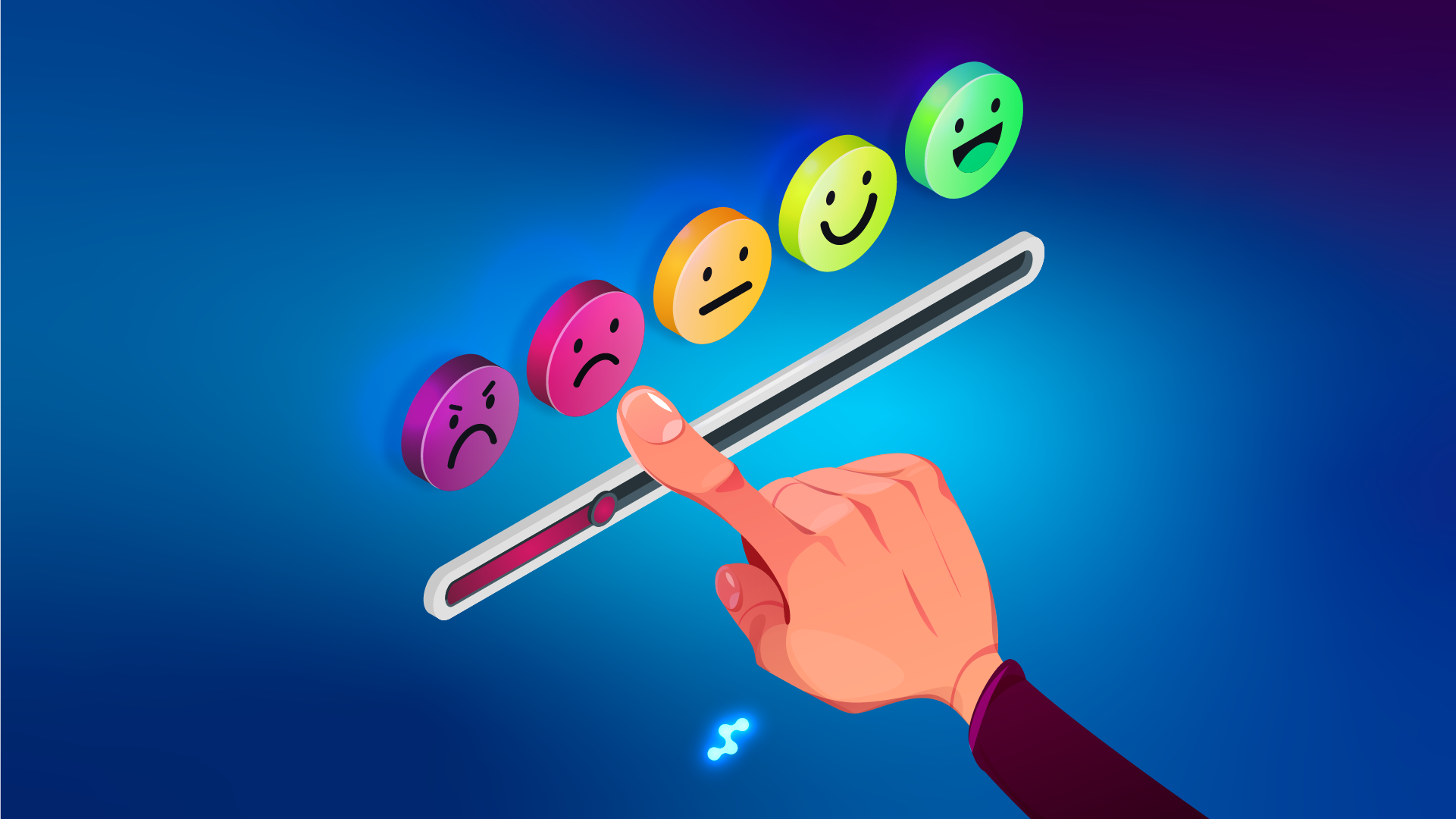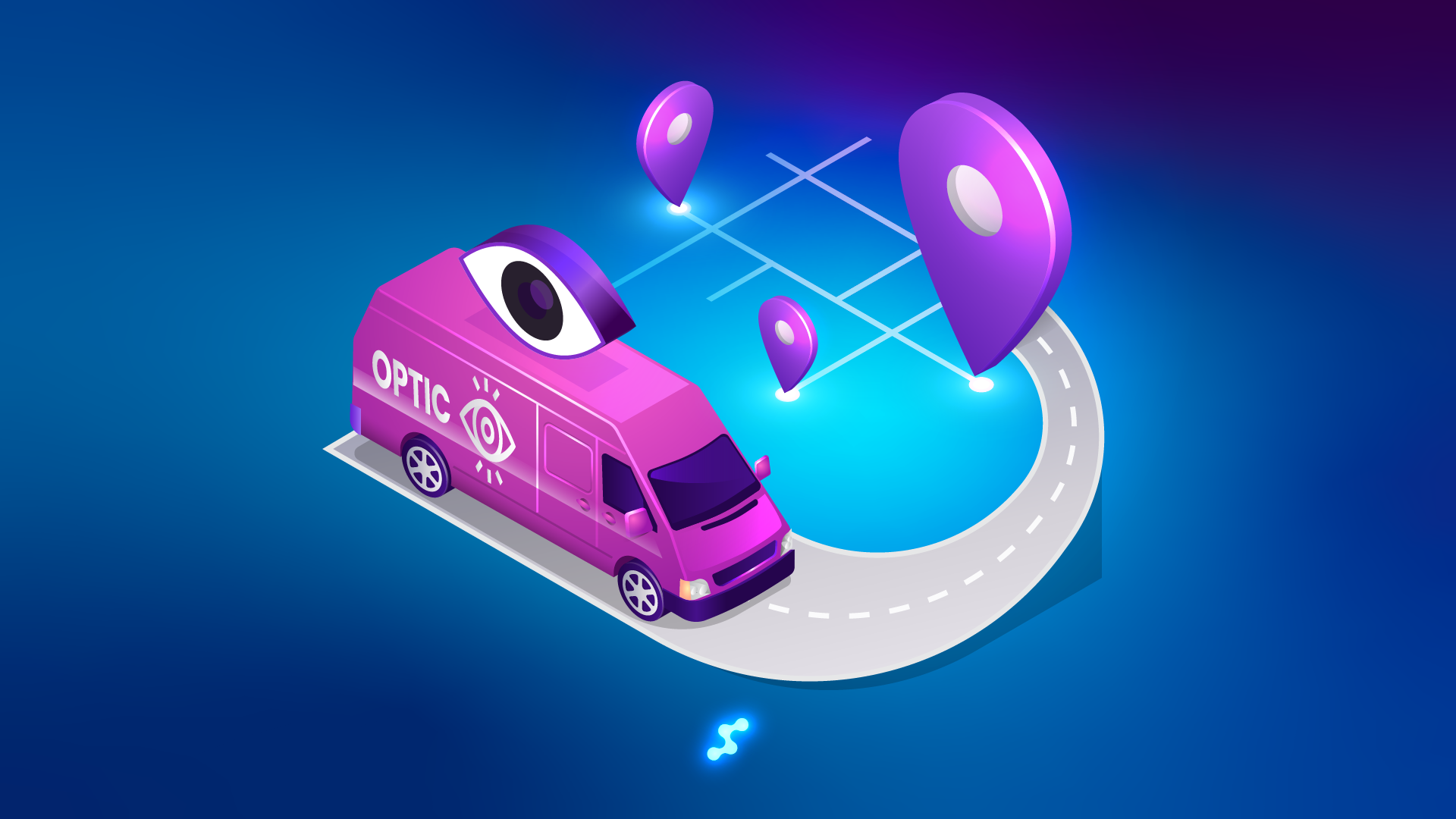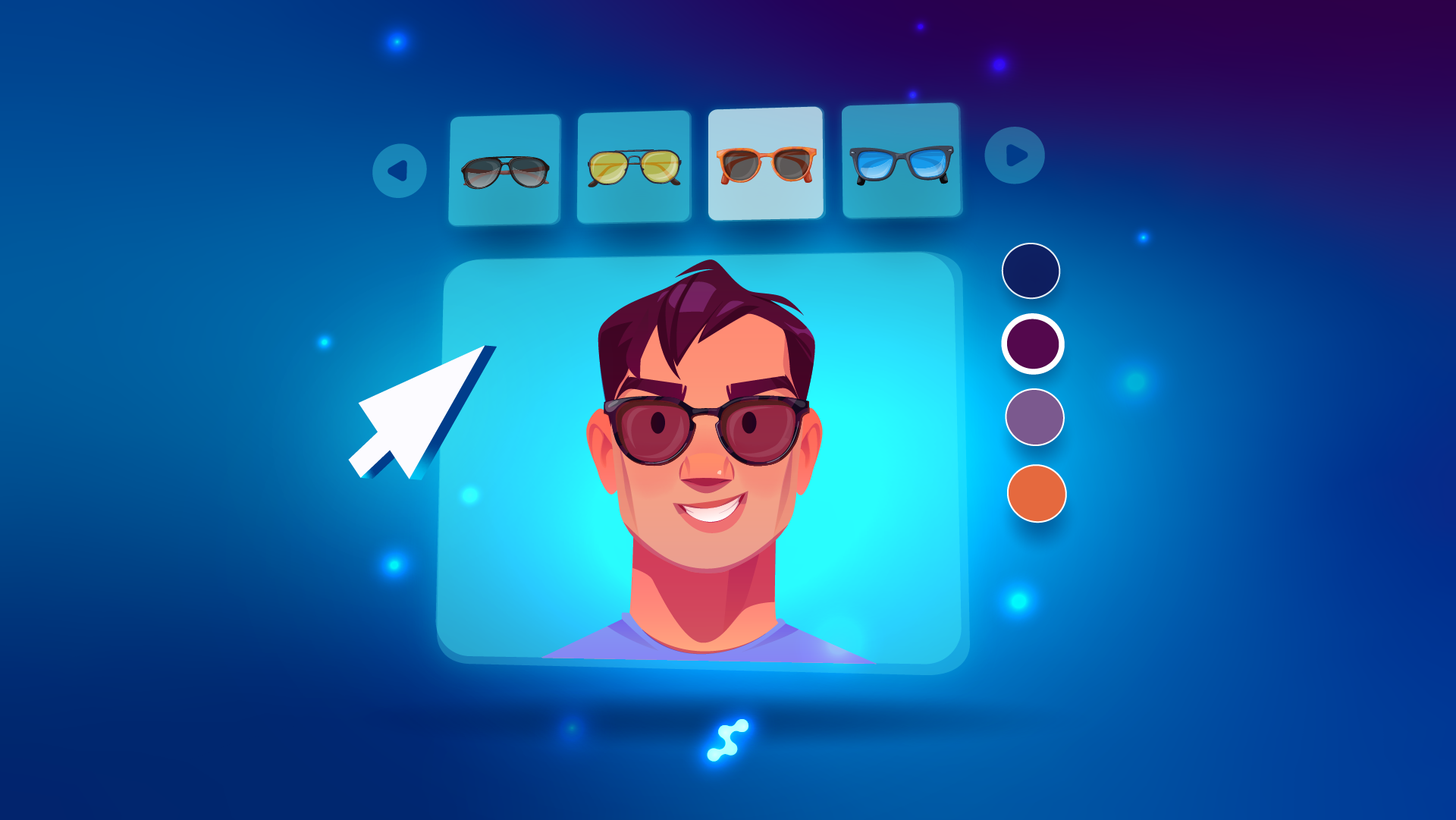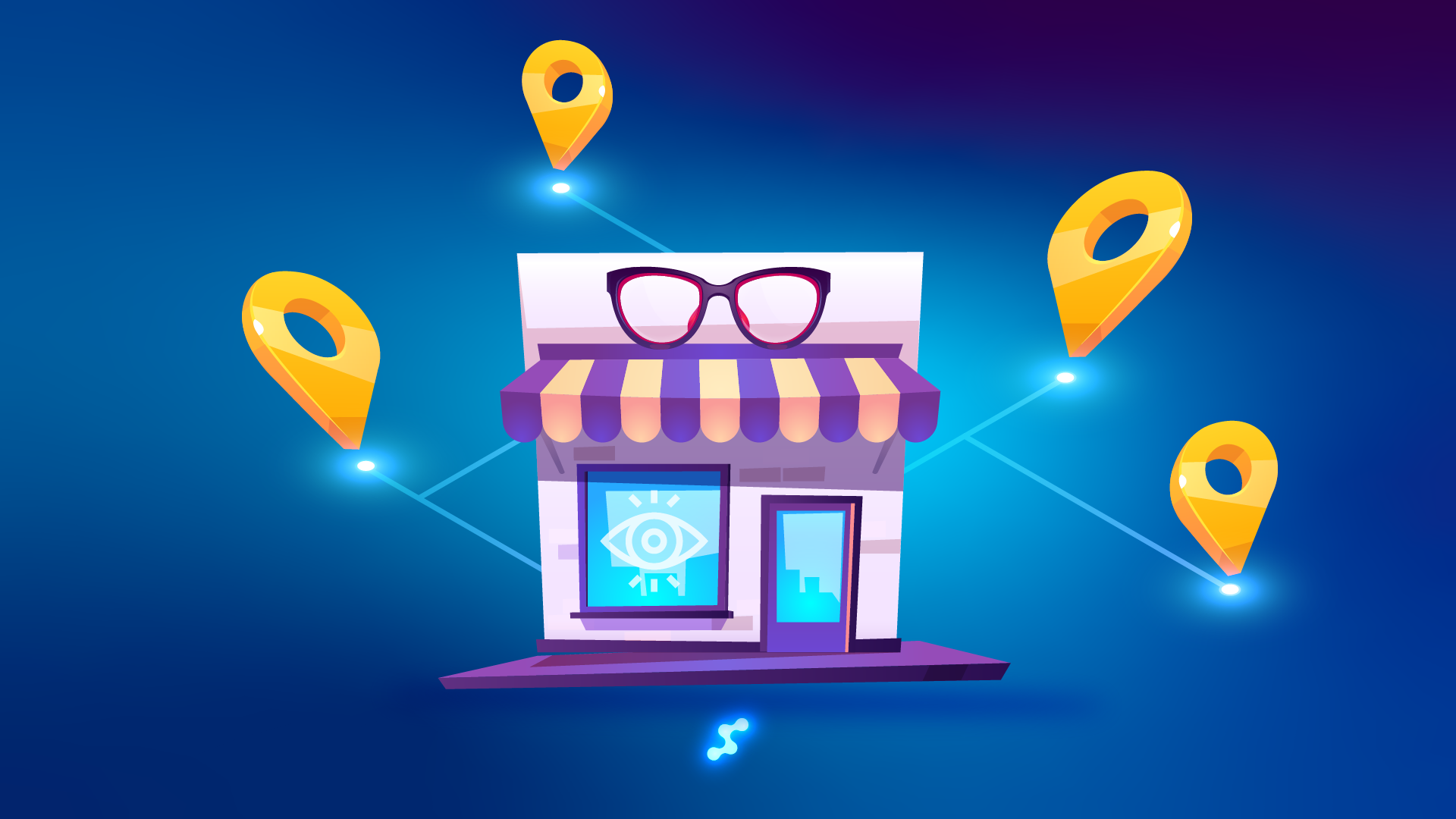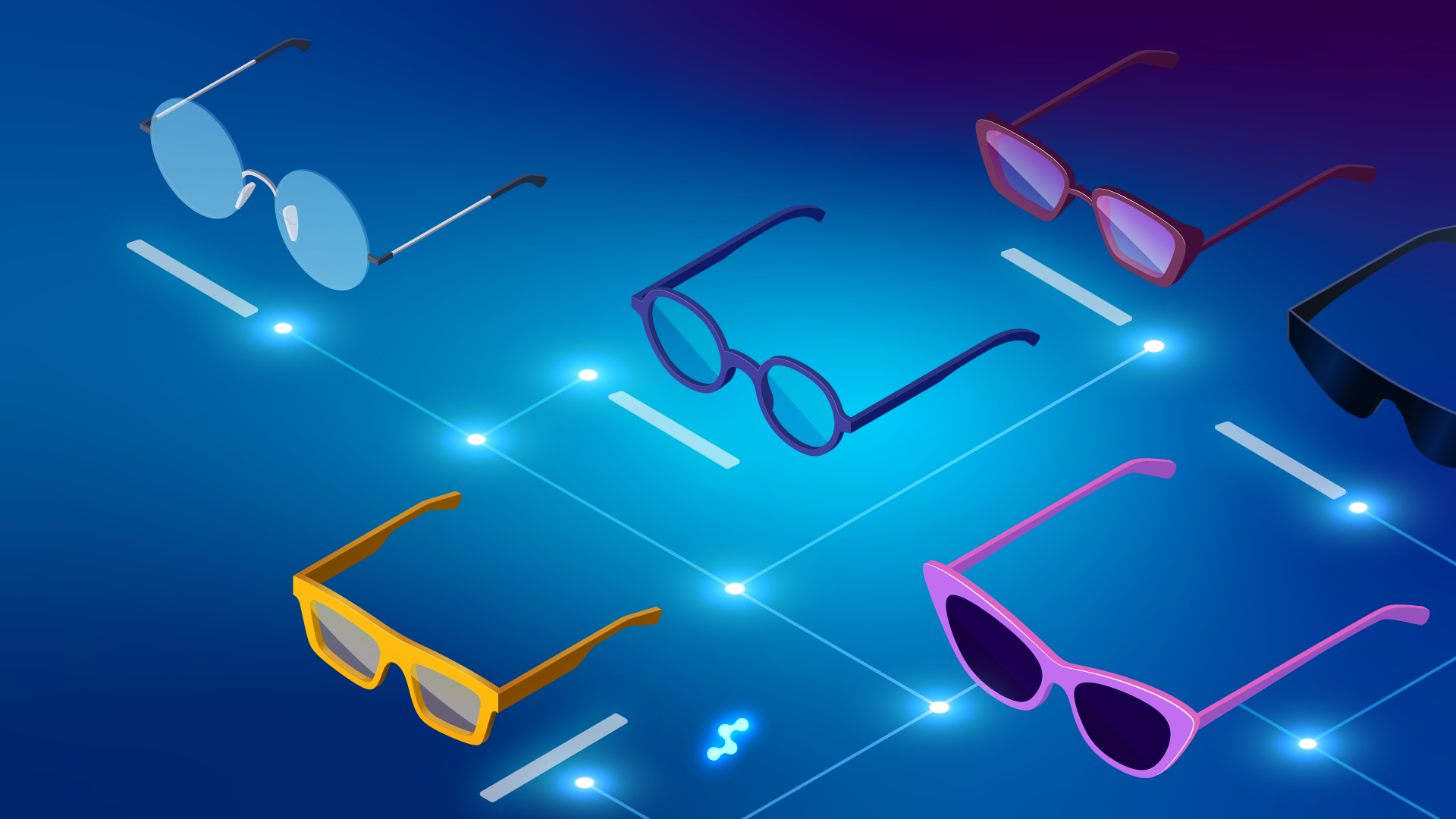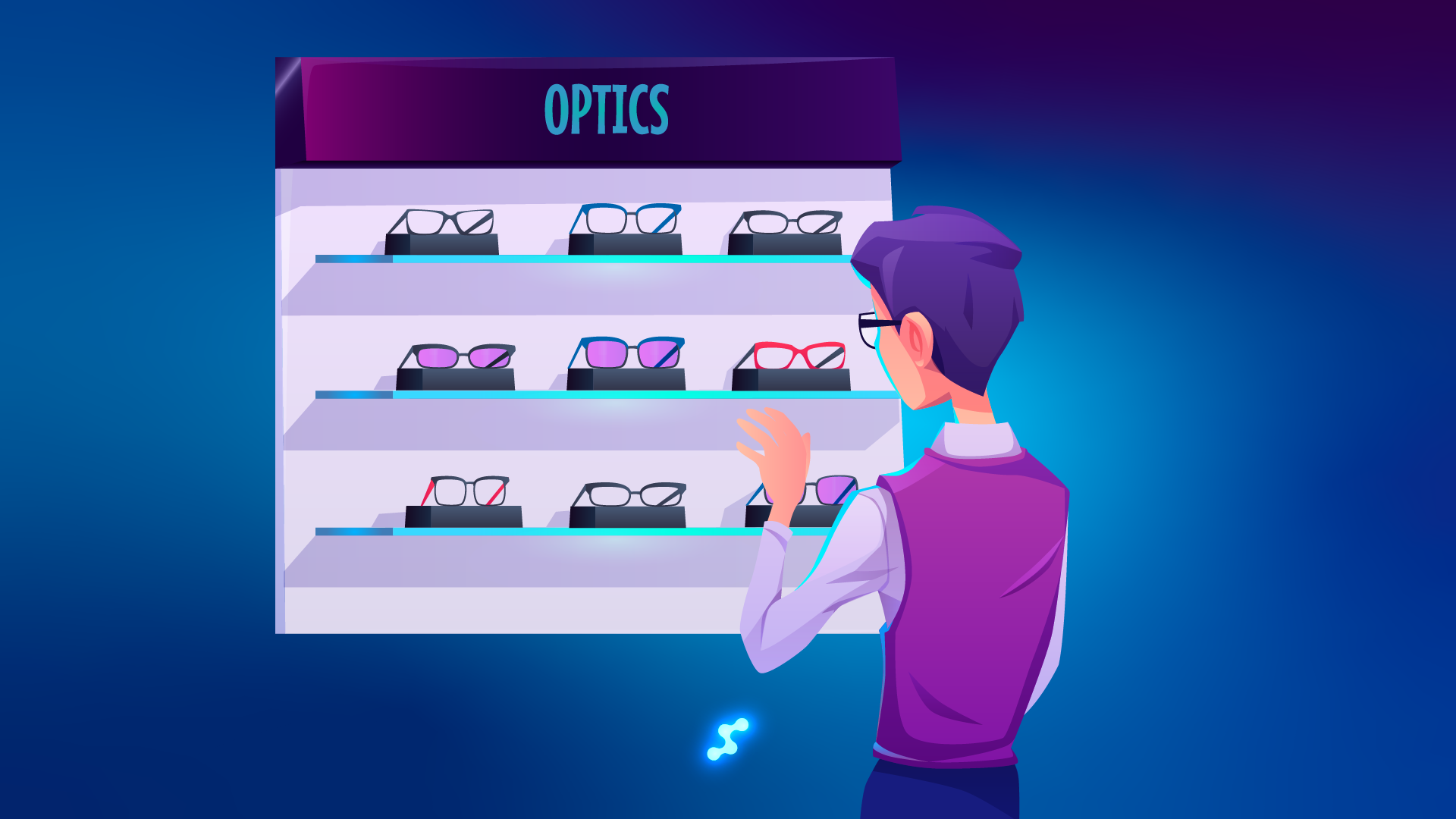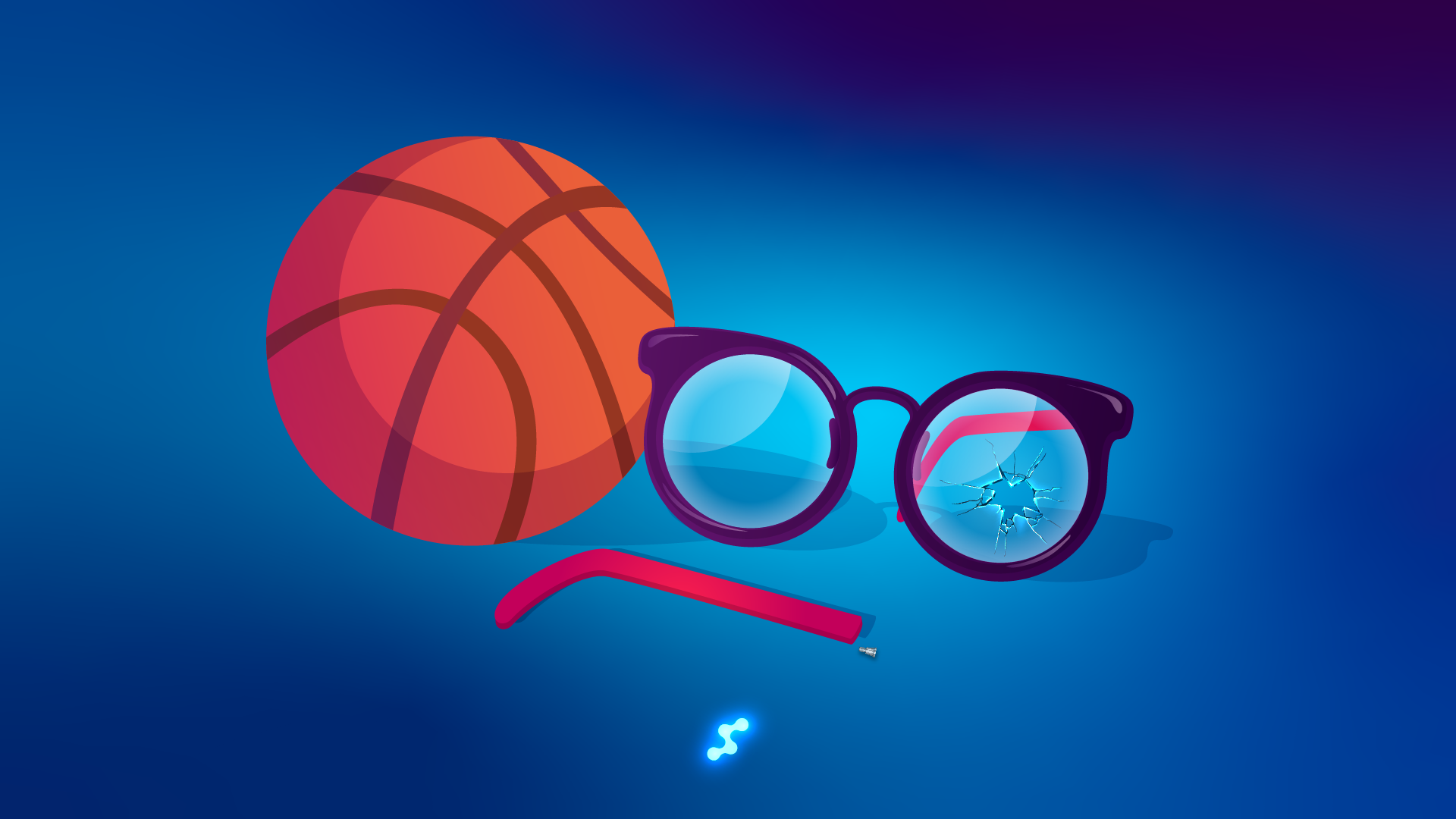Smart Glasses & Wearables: Should Your Store Join In?
The eyewear industry is entering a transformative era, where the lines between fashion, function, and technology are blurring like never before. Smart glasses and wearable tech are no longer just futuristic novelties—they are rapidly becoming a part of everyday life for consumers around the world. In 2025, these devices are poised to move from niche gadgets to mainstream essentials, thanks to advances in augmented reality (AR), artificial intelligence (AI), and sleek, lifestyle-first designs. For optical store owners, opticians, and optometrists, this shift presents both an exciting opportunity and a new set of challenges. The question is no longer whether smart glasses will impact the industry, but how—and when—your store should embrace this trend to stay relevant and competitive.
As smart glasses evolve, they are redefining what eyewear can do and what customers expect from their optical experience. Today’s smart eyewear goes far beyond simple vision correction or sun protection. These devices can project digital information directly into the wearer’s field of view, provide real-time navigation, translate languages on the fly, track health metrics, and even offer hands-free communication and entertainment. The integration of AR and AI means that smart glasses are becoming more intuitive, context-aware, and useful in daily life—whether for professionals seeking productivity, travelers needing instant information, or anyone who wants to stay connected without constantly reaching for their phone. As the market for smart glasses surges, with global shipments and consumer interest at an all-time high, optical retailers have a unique chance to lead the way in wearable tech adoption, offering customers not just vision, but a smarter, more connected lifestyle.

What Are Smart Glasses and Wearable Tech?
Smart glasses are advanced eyewear devices that combine traditional frames and lenses with digital technology. Unlike regular glasses, smart eyewear can offer features such as augmented reality overlays, voice-activated AI assistants, hands-free calls, fitness and health tracking, real-time translation, audio streaming, photo and video capture, and even navigation. These features are designed to enhance daily life, improve health, and offer seamless connectivity—all while maintaining a stylish appearance.
Wearable tech in the optical industry also includes smart contact lenses, fitness trackers, and hearing enhancement devices. These products are part of a broader trend toward integrating technology into everyday accessories, making them more functional and appealing to a wide range of consumers. The latest smart glasses in 2025 are equipped with ultra-thin waveguide lenses, high-resolution micro-OLED displays, adaptive electrochromic lenses, and built-in AI for real-time translation, object recognition, and advanced voice control. The result is eyewear that is lighter, more comfortable, and more powerful than ever before.
Test Glasson for 7 days free of charge
Any questions? Leave your contact details and we'll call you back.
Why Are Smart Glasses Trending in 2025?
The global smart glasses market is experiencing explosive growth, with forecasts predicting it could reach €20 billion by 2025. Several factors are driving this trend:
- Consumer demand for hands-free technology: People want to access information, communicate, and capture moments without constantly reaching for their phones. Smart glasses provide a convenient, discreet way to stay connected.
- Integration with AI and AR: The rise of artificial intelligence and augmented reality is making smart glasses more useful and intuitive than ever before. Features like real-time translation, navigation overlays, and voice commands are now possible.
- Fashion meets function: Leading brands are collaborating with tech companies to create smart eyewear that looks as good as it performs. This makes smart glasses more socially acceptable and desirable, especially among younger consumers.
- Health and wellness: Features like fitness tracking, posture reminders, and hearing enhancement are attracting health-conscious shoppers who want more from their eyewear.
- As technology continues to advance, smart glasses are becoming more affordable, stylish, and accessible, making them an increasingly popular choice for consumers of all ages.
Who Is Buying Smart Glasses?
While early adopters and tech enthusiasts were the first to embrace smart eyewear, the appeal is now broadening. Key customer segments include:
- Young professionals: These customers are looking for productivity and connectivity on the go. Smart glasses allow them to manage calls, messages, and notifications hands-free, making multitasking easier.
- Fitness enthusiasts: Health tracking features, such as step counters and posture reminders, make smart glasses attractive to those who prioritize wellness.
- Travelers: Real-time translation, navigation, and the ability to capture photos or videos make smart glasses a valuable travel companion.
- Parents and students: Hands-free convenience is a major selling point for busy parents and students who need to stay connected while managing multiple tasks.
- Seniors: Hearing enhancement and safety features can improve quality of life for older adults, making smart glasses a practical choice.
As designs become more fashionable and prices more accessible, expect interest in smart eyewear to grow across all demographics.
The Business Case: Why Your Store Should Consider Smart Glasses
Stay Ahead of the Competition
Optical retail is evolving rapidly. By offering smart glasses, your store positions itself as an innovator and attracts customers looking for the latest in eyewear technology. This can set you apart from competitors who only stock traditional frames, helping you build a reputation as a forward-thinking, modern optical business.
Increase Average Transaction Value
Smart glasses are typically priced higher than standard eyewear, which can boost your average sale value. They’re often purchased as a second pair, opening up cross-selling opportunities with prescription lenses, blue light filters, and premium coatings. By offering smart eyewear, you can increase both revenue and customer satisfaction.
Attract New Customer Segments
Stocking wearable tech appeals to tech enthusiasts, gadget lovers, and younger shoppers who might not otherwise visit a traditional optical store. This can drive new foot traffic and expand your customer base, especially as smart glasses become more mainstream.
Enhance Your Store’s Reputation
Being known as a destination for smart eyewear and wearable tech builds your reputation as a leader in innovation. Customers are more likely to trust and recommend a store that stays ahead of trends, helping you grow your business through word-of-mouth and positive reviews.
Leverage Online Visibility
Smart glasses, wearable tech, AR eyewear, and AI glasses are among the most searched keywords in the optical industry for 2025. By creating content, product pages, and blog posts around these terms, you can boost your website’s search rankings and attract more online visitors.

What Are the Challenges?
Rapidly Evolving Technology
Smart glasses are advancing quickly, with new models, features, and software updates released regularly. It’s important to stay informed and be selective about which products you stock. Partner with reputable suppliers and keep an eye on industry trends to ensure you’re offering the best options to your customers.
Staff Training and Customer Education
Selling smart eyewear requires a different approach than traditional frames. Your team needs to understand the features, benefits, and troubleshooting steps for each device. Invest in comprehensive staff training and create in-store demos to help customers experience the technology firsthand. Well-trained staff can answer questions, demonstrate features, and provide after-sales support, building trust and loyalty.
Privacy and Social Acceptability
Some customers may have concerns about cameras, microphones, and data privacy. Be transparent about features and reassure customers about how their information is handled. Social acceptability is improving as designs become more discreet and stylish, but it’s still a consideration for some buyers.
After-Sales Support
Wearable tech may require more after-sales support, including software updates, warranty claims, and troubleshooting. Make sure your store is prepared to offer excellent customer service in this area. Clear communication and robust support policies will help build trust and encourage repeat business.
How to Successfully Introduce Smart Glasses in Your Store
Start with a Curated Selection
Don’t try to stock every model on the market. Choose a few reputable, in-demand smart glasses that fit your customer base and brand image. Focus on quality, style, and features that align with your store’s values. This approach allows you to test customer interest and gather feedback before expanding your offerings.
Create an In-Store Experience
Set up a dedicated smart eyewear display with demo units, interactive screens, and clear signage. Allow customers to try on smart glasses, explore features, and see how they integrate with their digital lives. In-store experiences can drive engagement and help customers feel confident in their purchase.
Train Your Team
Invest in comprehensive staff training. Your team should be able to explain the benefits, demonstrate features, and answer common questions. Consider role-playing scenarios and providing cheat sheets for quick reference. Well-trained staff are essential for delivering a great customer experience and maximizing sales.
Educate Your Customers
Use blog posts, social media, and email newsletters to introduce smart glasses and wearable tech to your audience. Highlight real-life use cases, customer testimonials, and the unique benefits of each product. Educational content can help demystify the technology and encourage customers to visit your store.
Streamline Sales and Inventory Management
A modern practice management system can make it easy to track smart eyewear inventory, manage customer data, and process sales. In the Glasson system, adding new product categories like smart glasses is as simple as ticking a check box—making it effortless to expand your offerings and keep your business organized. Learn more at glasson.app
The Future of Smart Glasses in Optical Retail
Industry experts agree: smart glasses are set to disrupt the eyewear market in much the same way smartwatches changed the watch industry. As technology advances, expect to see:
- More affordable models with improved battery life and style
- Deeper integration with smartphones, AI, and health apps
- Augmented reality features for navigation, translation, and entertainment
- Growing social acceptance as designs become more fashionable and less conspicuous
Optical stores that embrace this trend early will be best positioned to capture new revenue streams and build lasting customer loyalty.
Want to see Glasson's full potential?
Book a presentation
Conclusion: Should Your Store Jump on the Smart Glasses Trend?
Smart glasses and wearable tech are not a passing fad—they’re a fast-growing segment that’s reshaping the optical industry. By offering smart eyewear, your store can attract new customers, increase sales, and position itself as a leader in innovation. The key is to start thoughtfully: educate your team, curate your selection, and focus on delivering value and expertise.
With the right approach and the right tools—such as the ability to easily manage smart eyewear sales and customer data in your practice management system like glasson.app—you can turn the wearable tech trend into a lasting advantage for your business.
Smart glasses are here. The only question is: will your store be the place customers go to get them?
 English
English  Polski
Polski  Čeština
Čeština  Deutsch
Deutsch  Español
Español  Français
Français  Ελληνικά
Ελληνικά  Hrvatski
Hrvatski  Italiano
Italiano  Lietuviškai
Lietuviškai  Magyar
Magyar  Nederlands
Nederlands  Português
Português  Română
Română  Slovenčina
Slovenčina  Svenska
Svenska  Türkçe
Türkçe  Русский
Русский 

